Gonadal Varicosities / Varicocele
What is a varicocele?
A varicocele is the abnormal dilatation or enlargement of the normal veins in the scrotum.
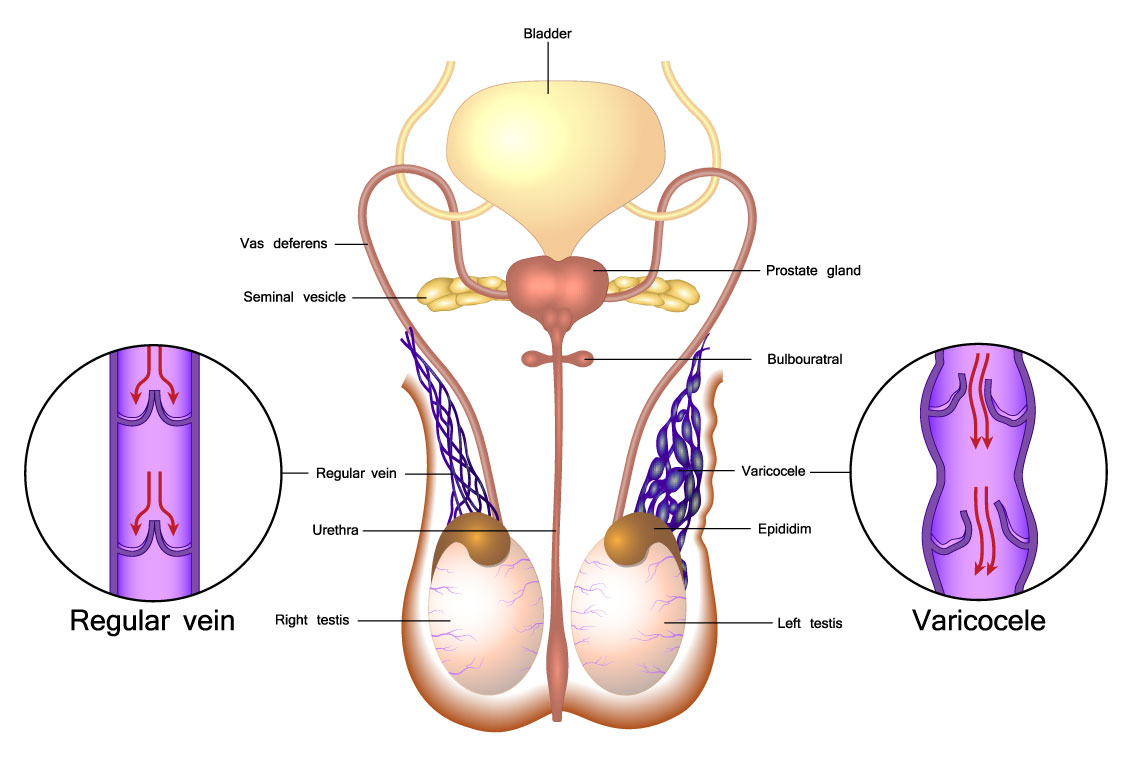
What symptoms are associated with a varicocele?
It is reported that varicoceles are present in 15% of men. Not all patients have symptoms, but often varicoceles present with pain and discomfort. Occasionally, if present for a long period of time, or during adolescence, patients can experience problems with infertility and/or testicular atrophy (shrinking of the testicle). Up to 40% of patients that have problems with fertility have a varicocele.
How do you diagnose a varicocele?
A scrotal ultrasound is the routine method of diagnosis. This will typically demonstrate the enlarged veins measuring >2-3 mm in diameter and have the ultrasound appearance of “a bag of worms”.
What are my non-surgical options for a varicocele?
Varicoceles can be treated surgically, or via an endovascular approach. The endovascular approach is termed Varicocele embolization.
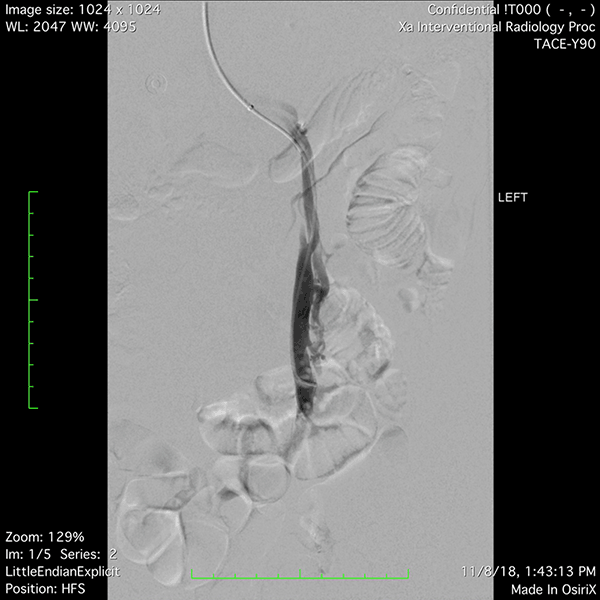
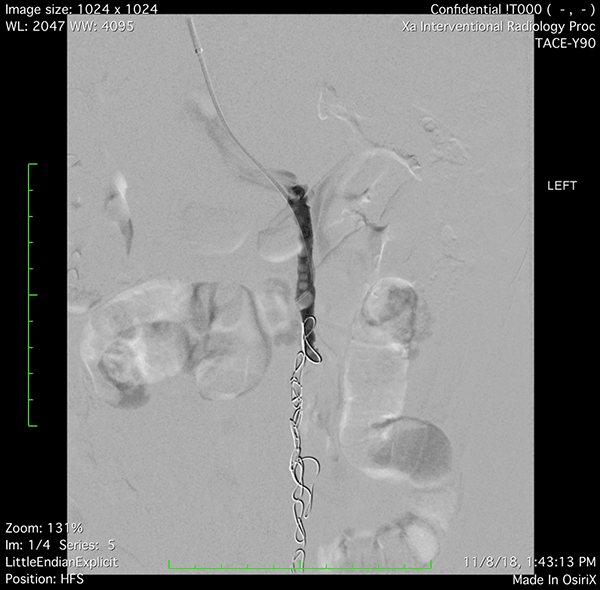
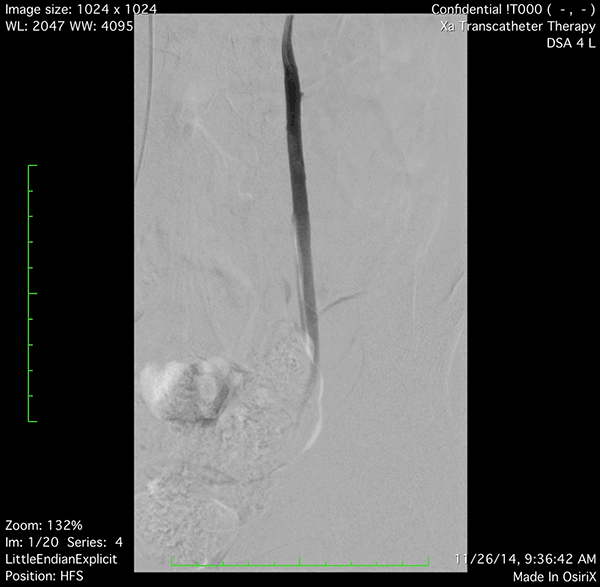
What is varicocele embolization?
Varicocele embolization is a minimally invasive procedure performed by an Interventional Radiologist in the outpatient setting. Via a small puncture in the thigh or the arm, a small catheter (or tube) is advanced using X-ray guidance to the origin of the gonadal vein that is abnormal. This vein is blocked from the inside using permanent coils(embolization) and/or medicines that scar the vein(sclerosant) so that the blood no longer pools in the scrotum and results in the varicocele. The procedure usually takes about an hour, and patients go home after an hour or two of recovery. There is often little to no pain or discomfort during or after the procedure and you can return to normal activity levels within 1-2 days. The procedure can be performed with just a local anesthetic or conscious sedation. General anesthesia is almost never used for this type of procedure.


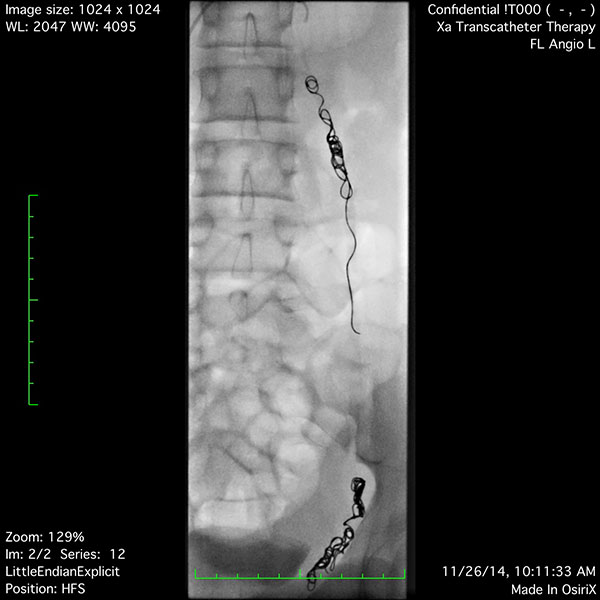 What if I’ve already had surgery, but my varicocele has come back?
What if I’ve already had surgery, but my varicocele has come back?

